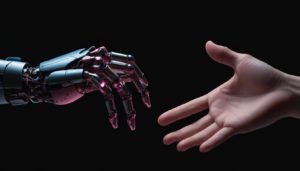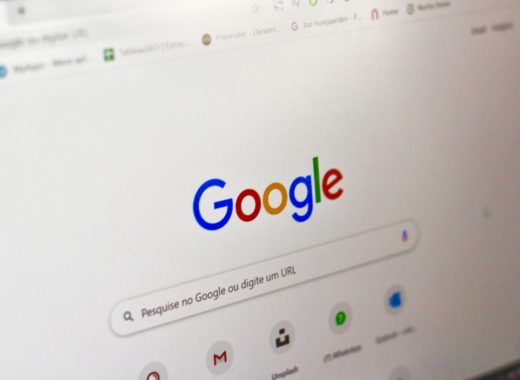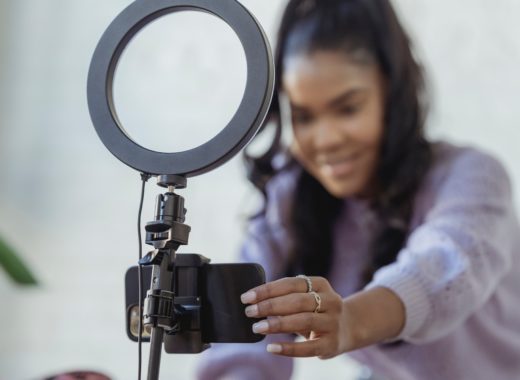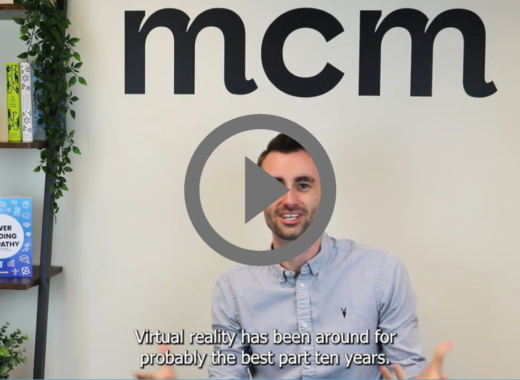How Generative AI Is Changing Creative Work
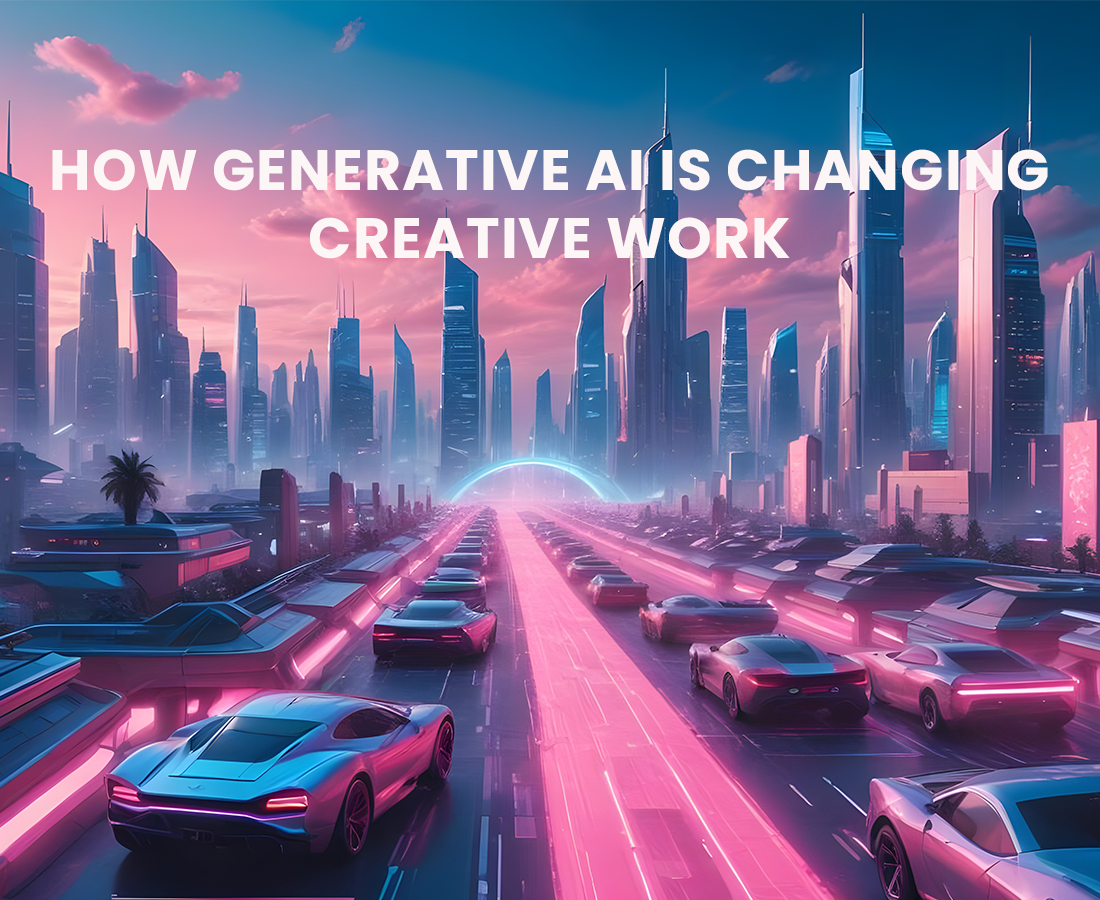
How Generative AI Is Changing Creative Work
Artificial Intelligence has disrupted the creative world with the popularisation of software such as ChatGPT, MidJourney, and Adobe Firefly. Creatives can now use generative AI to produce content ranging from text to audio, video, and images. As AI’s capabilities continue to evolve and alter the future of the creative industry, it is important to consider what this means for creatives and how we can harness the power of AI to empower our creative work.

How AI Is Improving Creative Work
1. Speed and Efficiency
Generative AI has proven helpful in automating mundane tasks, such as editing, drafting, and formatting. Chat GPT, for instance, can draft blog posts, brainstorm taglines, and write social media descriptions. Grammarly’s AI is also capable of editing work in real time. With its new Generative AI tool, you can input prompts such as “Make this sound enthusiastic” to explore different versions of your work. These tools give creatives the time to get to the complex, detailed work, allowing for more innovation and higher-quality work.
2. Brainstorming and Prototyping
One of the most exciting developments in generative AI is its extensive output capabilities, which allow creatives to trial new ideas rapidly, with little to no time and resources wasted. The ease with which creatives can alter prompts also means that output and ideas can be refined and edited.
Generative AI can also be used for idea and concept generation, providing a springboard for content creators to broaden and explore. For example, Freepik’s AI-generator allows you to generate multiple images from one prompt. Their Reimagine tool even allows you to generate several images based on a single photo, allowing creatives to trial several iterations of one idea.
Below is an example of images generated using Freepik AI, using the singular prompt “An advert for a bottle of whiskey with a pink and blue label against a scenic rooftop bar”. This is exemplary of the nearly instantaneous power of AI to bring creative ideas to life. The only drawback is that visual AI has not quite mastered generating text within images. Still, this tech can serve creatives as an active source of inspiration within creative work.

3. Accessibility
It is no secret that breaking into the creative industry is challenging. For starters, learning how to create high-quality work comes at a price many cannot afford. However, with the development of user-friendly public-access AI tools, doors are opening for more minds to enter creative fields and for creative workers to expand their skills further. Creative studios can use this accessibility by incorporating AI tools into their workflow, providing training for new hires, and fostering an environment where experimentation and innovation are encouraged. By doing so, they can attract a more diverse range of creatives, enhance their team’s capabilities, and stay ahead in a rapidly evolving industry.
Potential Problems
Despite all of AI’s possibilities, there are some serious concerns around its use, especially in the creative industry. Many fear that the rise of AI threatens their work stability because it is easy to generate AI content. However, generative AI can only function with human input, and images, videos, and text almost always need refining because of the nuances and professional eye that the generative AI data sets lack, which results in mistakes.
Furthermore, generative AI has been found to need more diversity training and often generates content that feels familiar and lacks originality. So, a human touch will always be needed to ensure inclusivity and uniqueness continue to be at the forefront of creative campaigns.
What’s more, The legal landscape regarding AI is still evolving . At present, we are still determining what legal ownership can be claimed from AI-generated content and what creative content is being used to train the AI. So, staying up to date with changing laws is integral to keeping up with the fast-moving AI world.
The Future of AI
At MCM, we are embracing AI in our creative processes and have just begun to scratch the surface of its capabilities. Creativity and AI are quickly becoming intertwined within creative work, with tools like Chat GPT, Grammarly, Midjourney and Adobe Firefly expanding the creative opportunities businesses and individuals can explore. As AI develops, navigating the balance between humans and machines is necessary to the success of creative work.
MCM’s in-house Creative Studio team can deliver exceptional creative assets for your business. Get in touch to discover how we can help.
